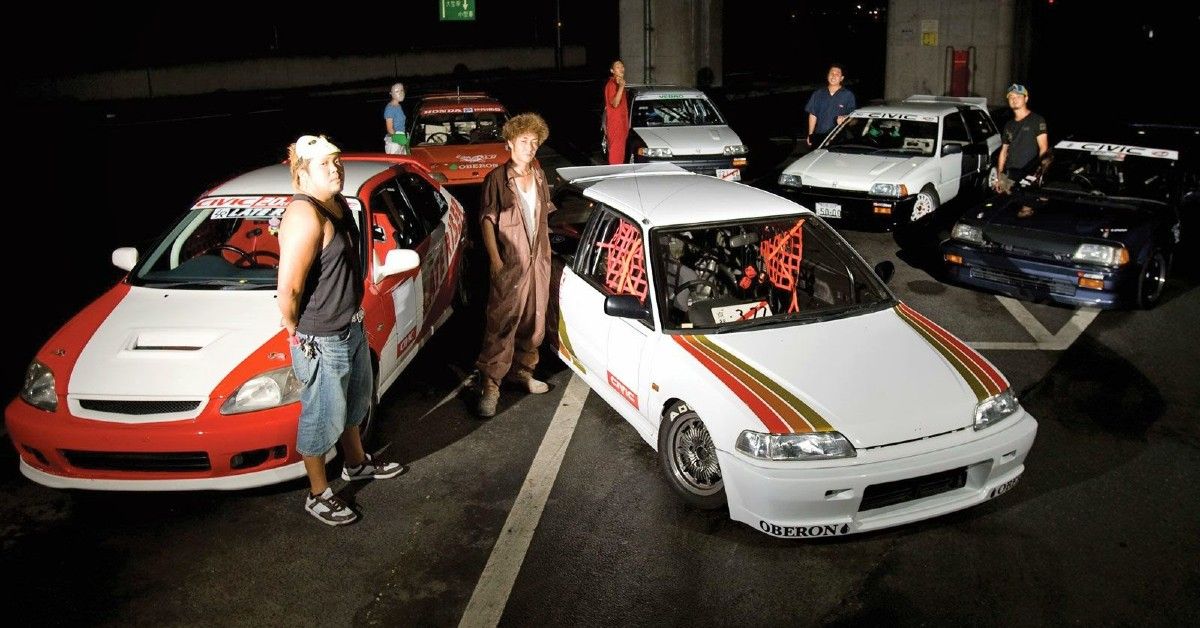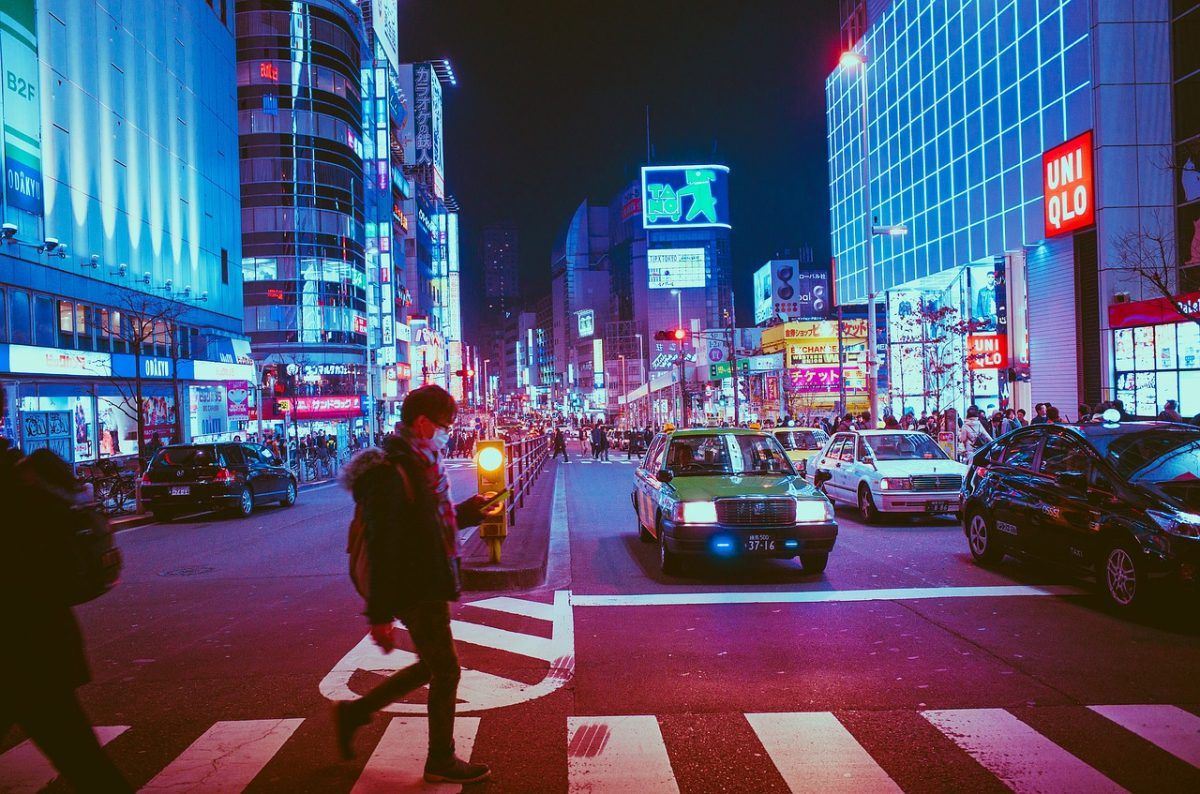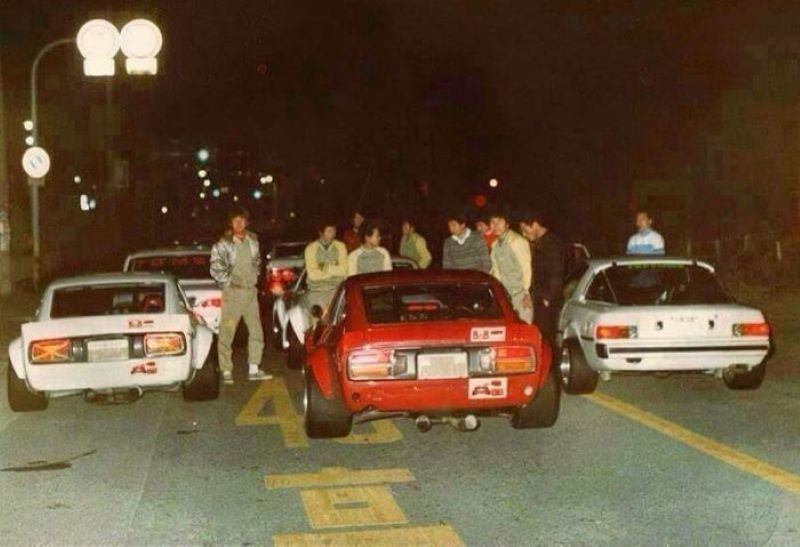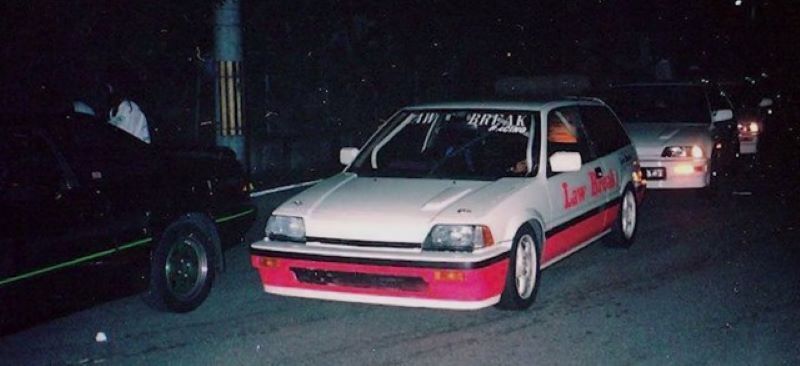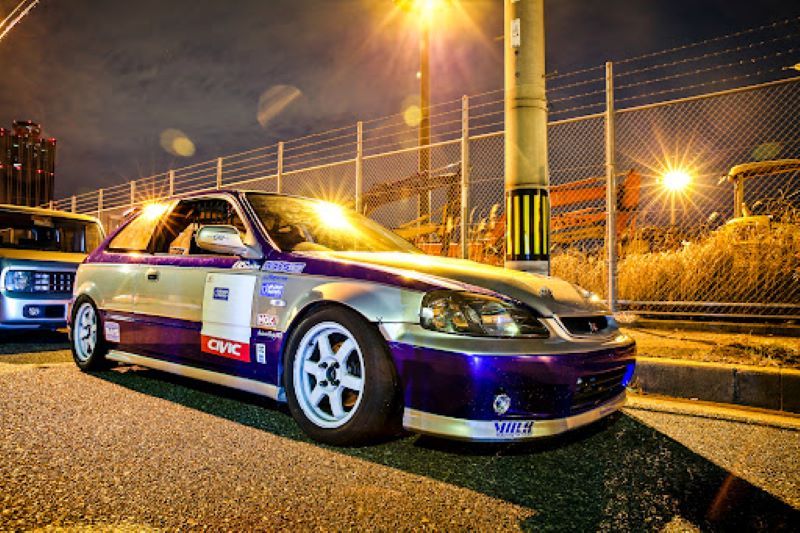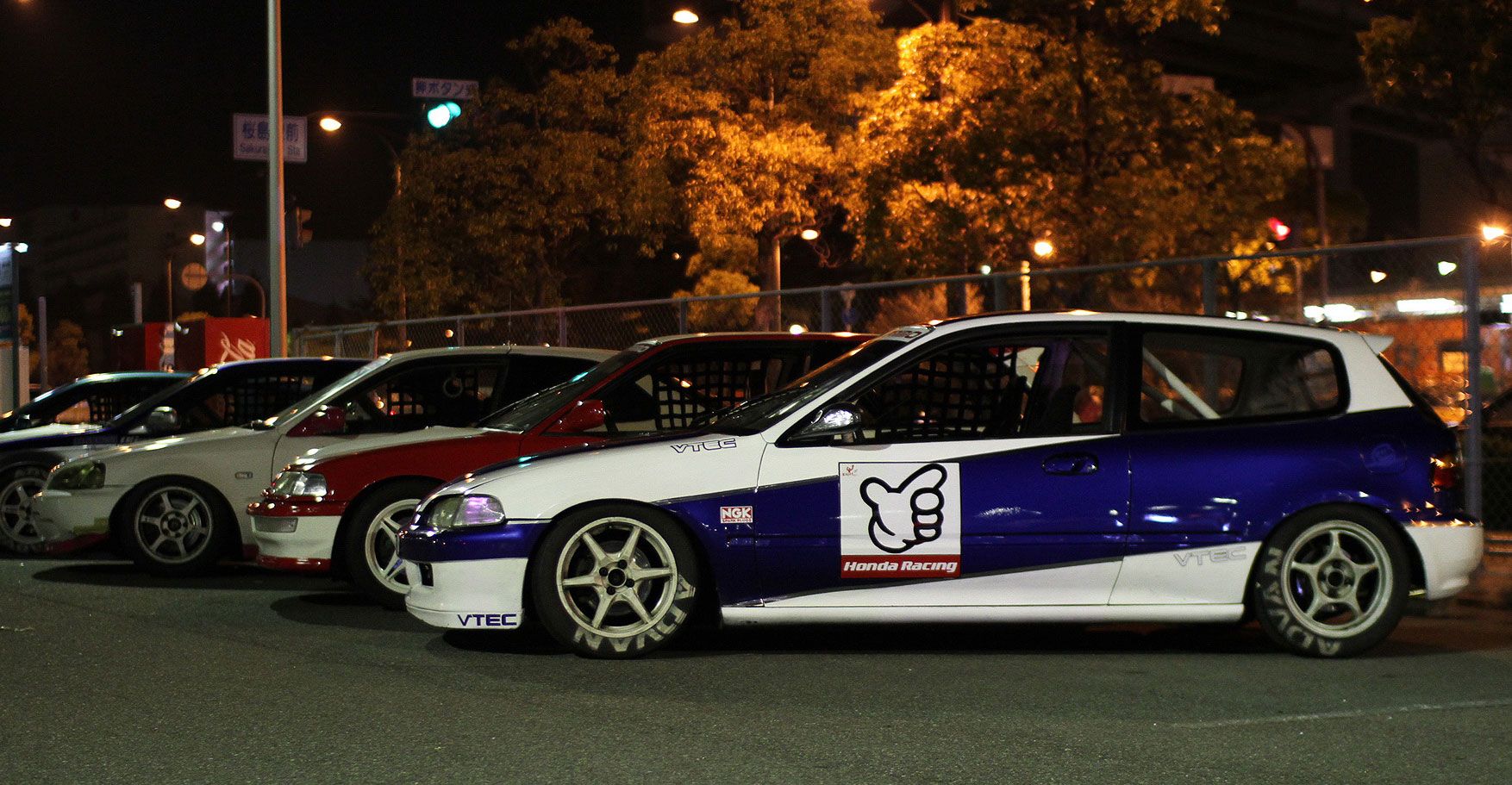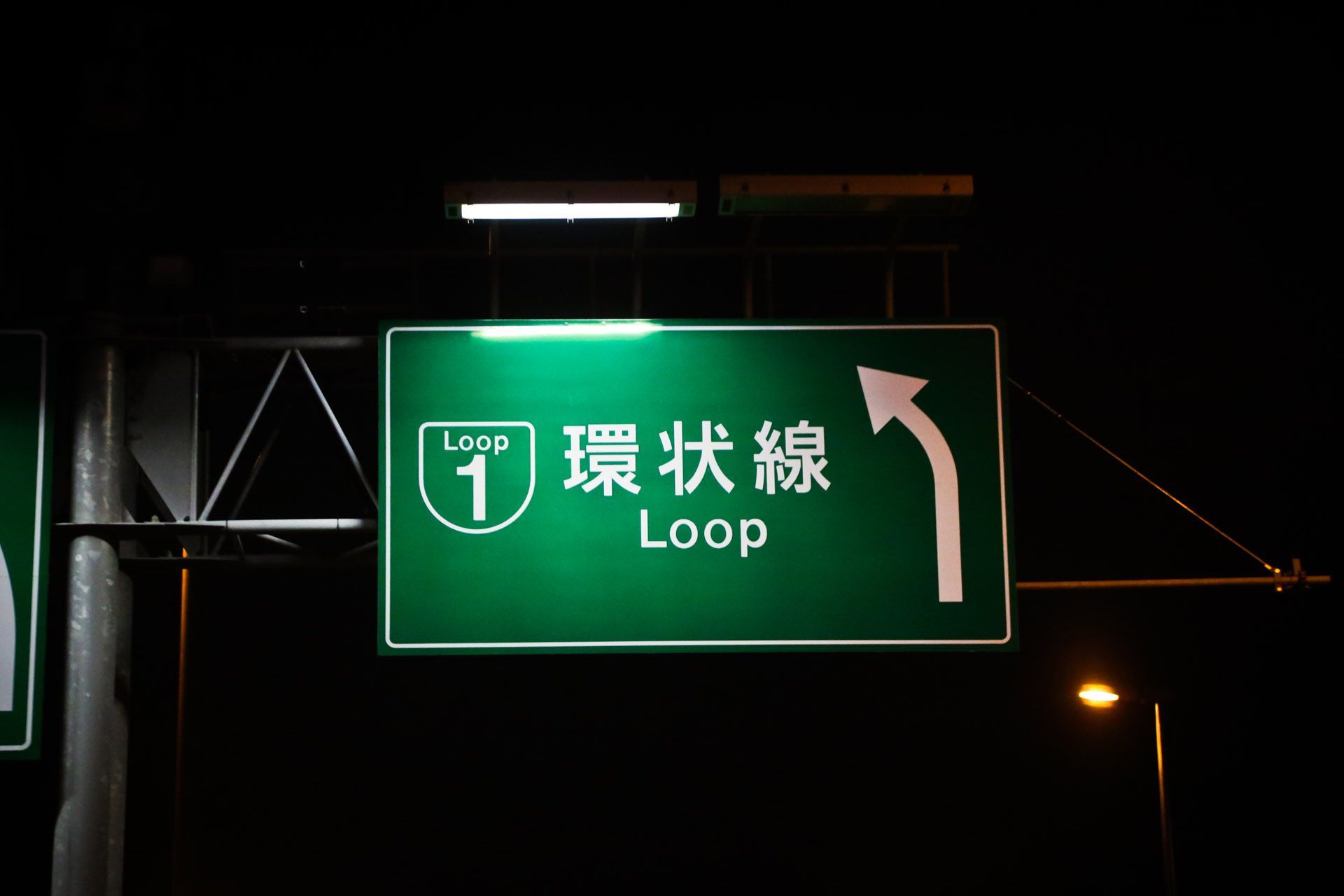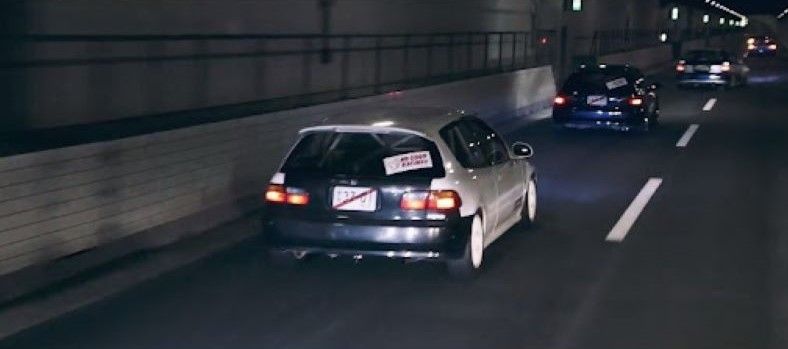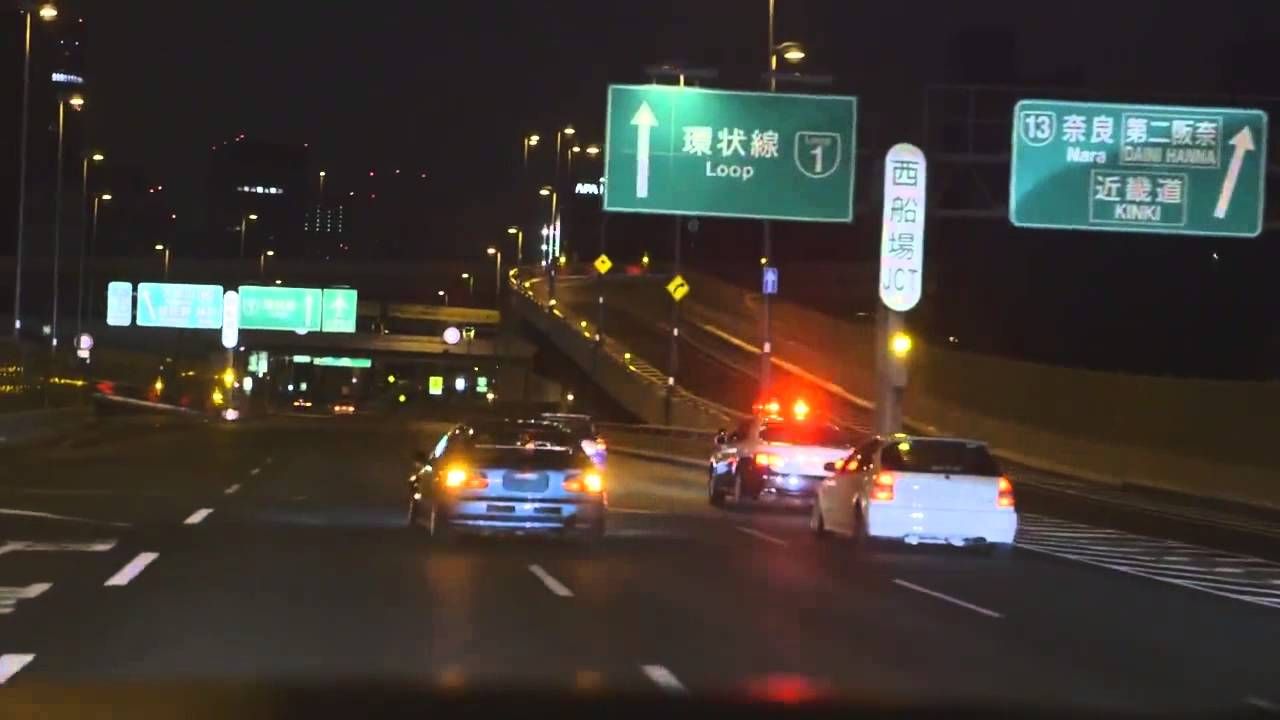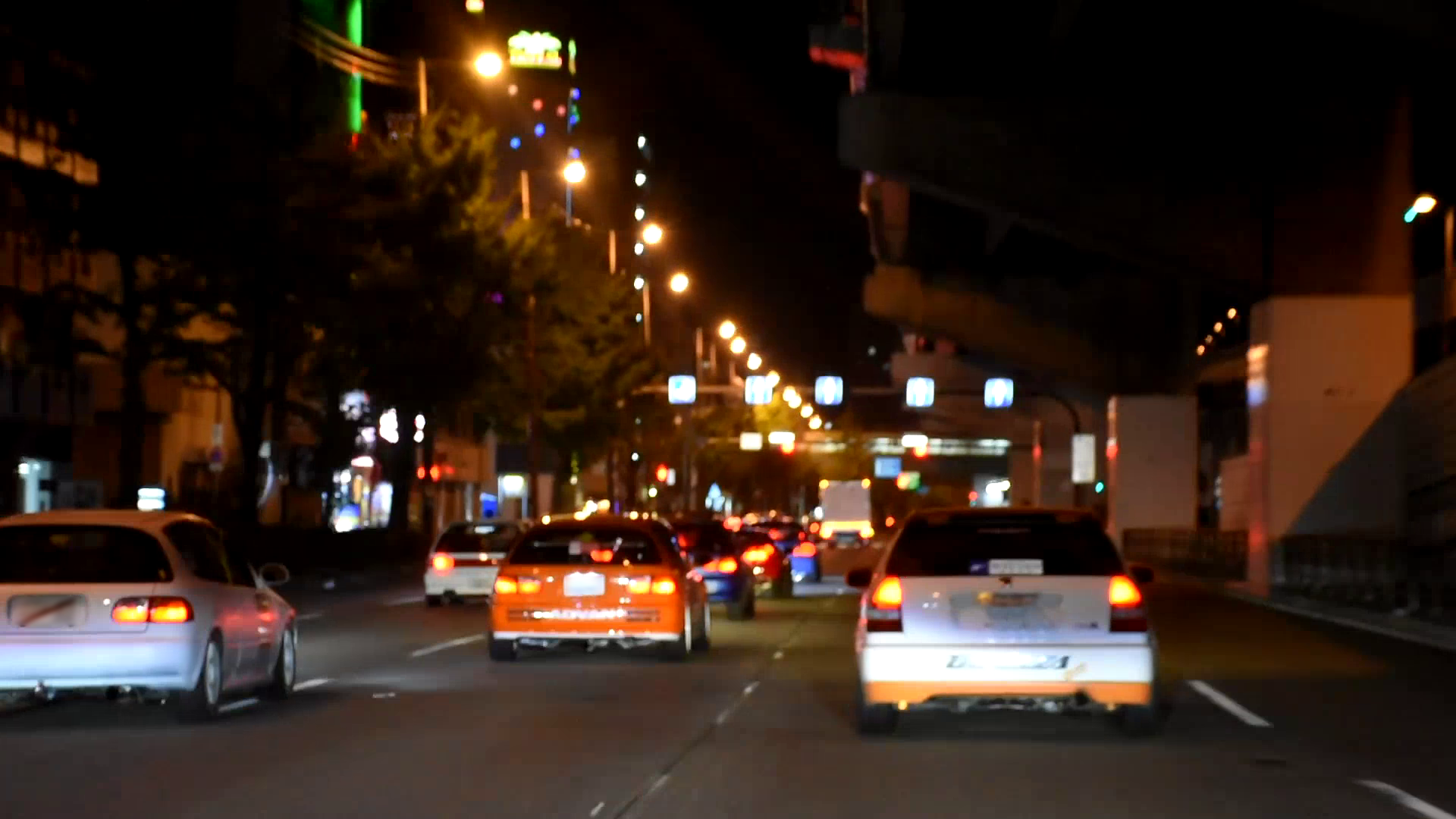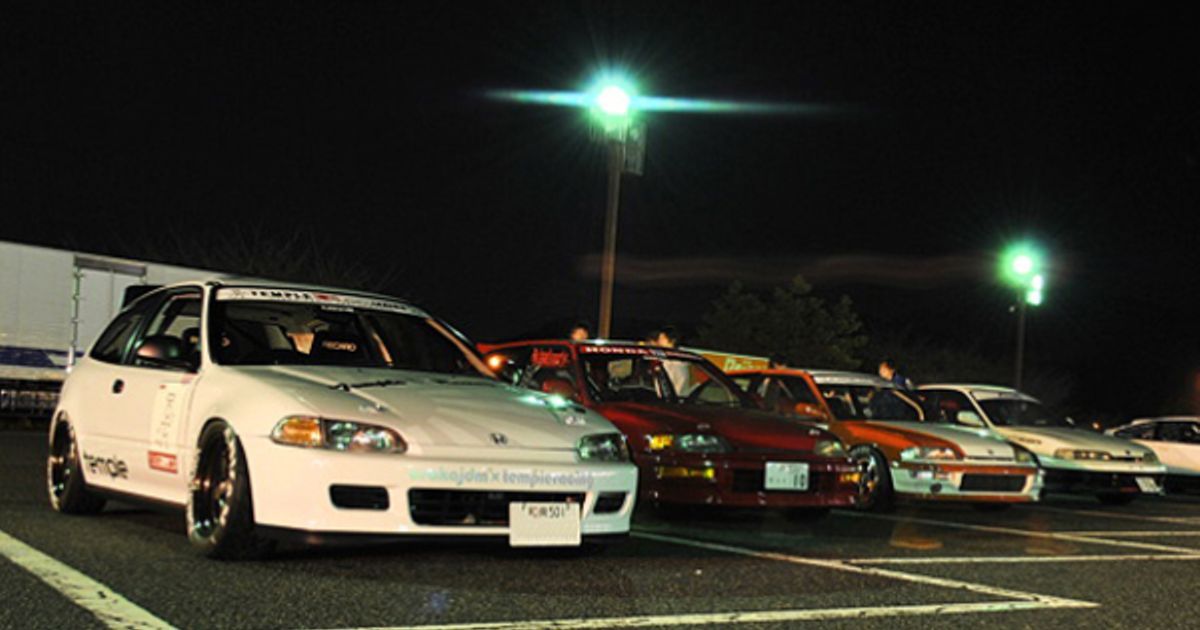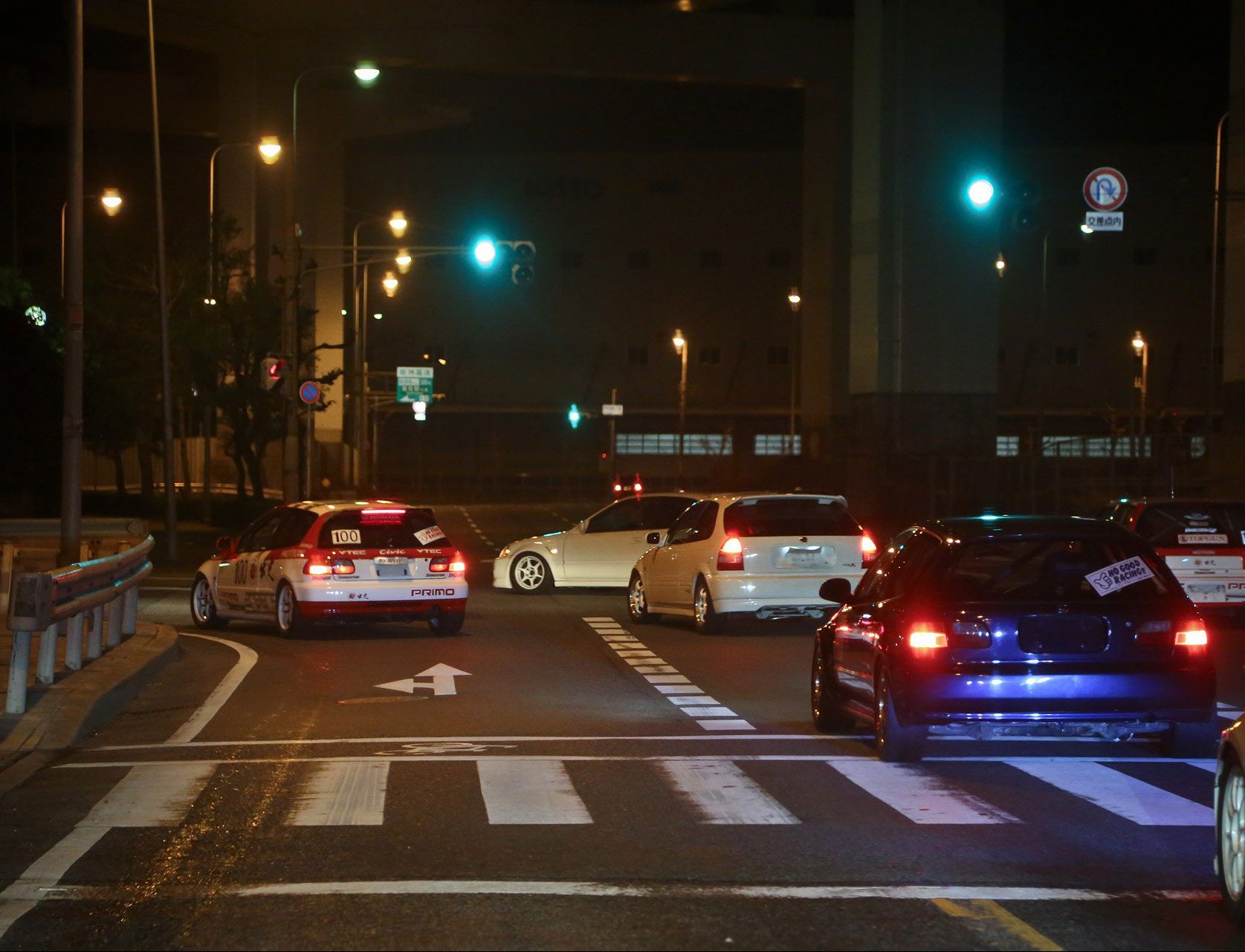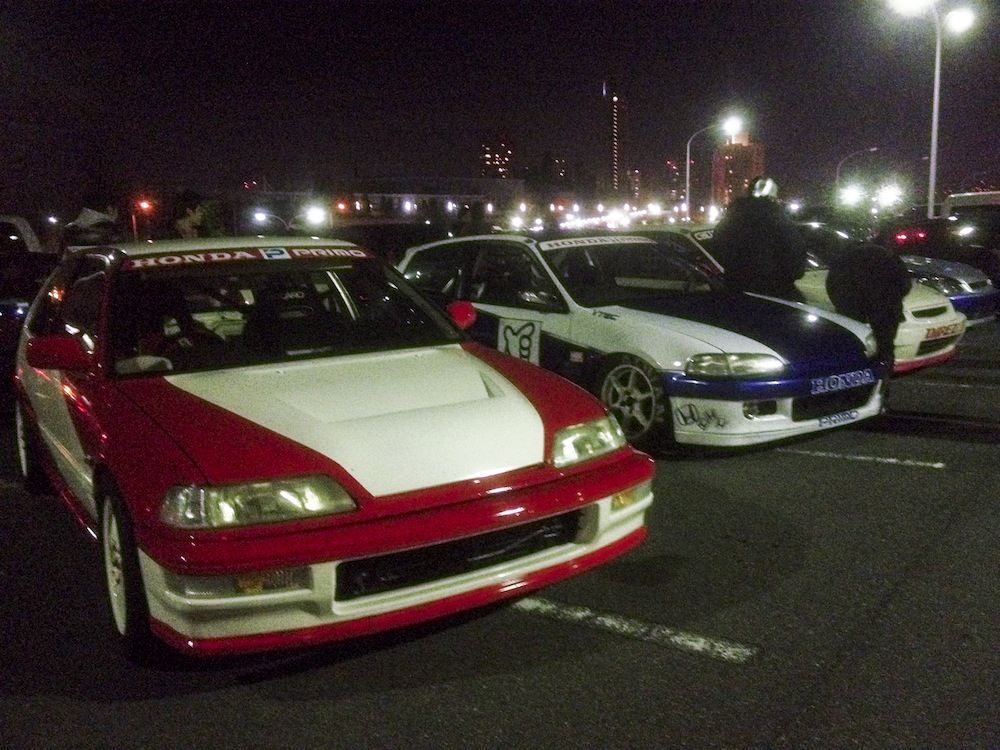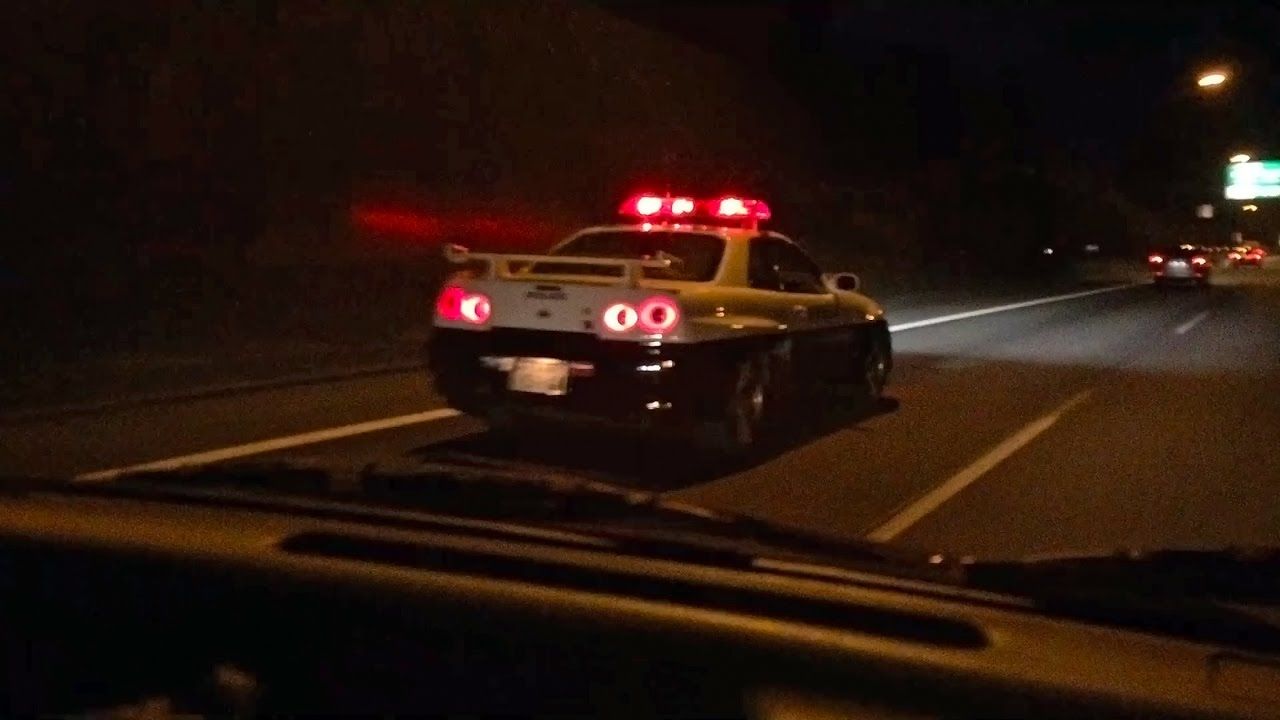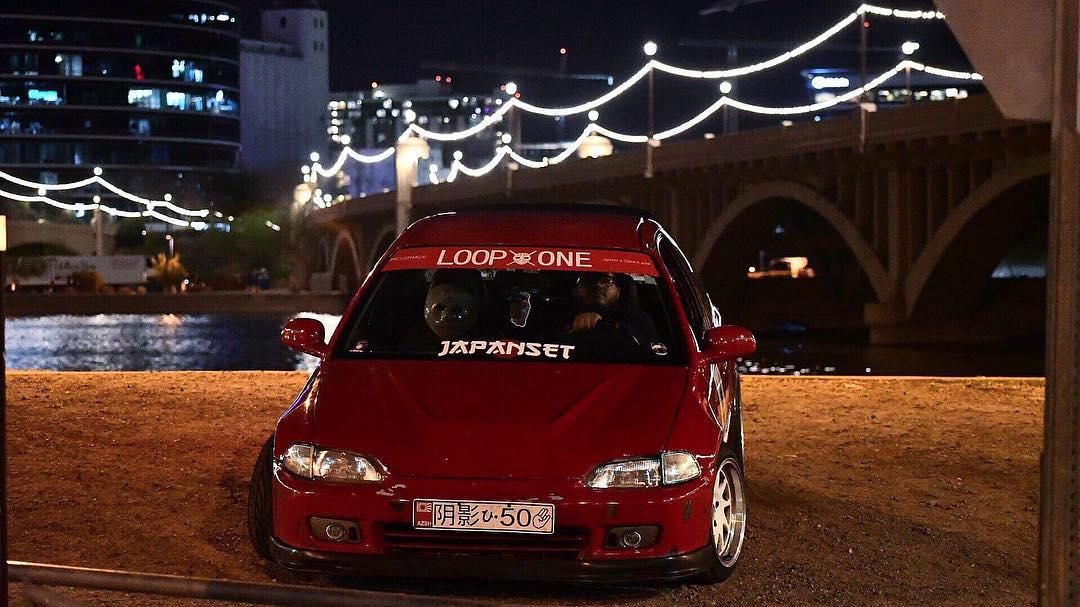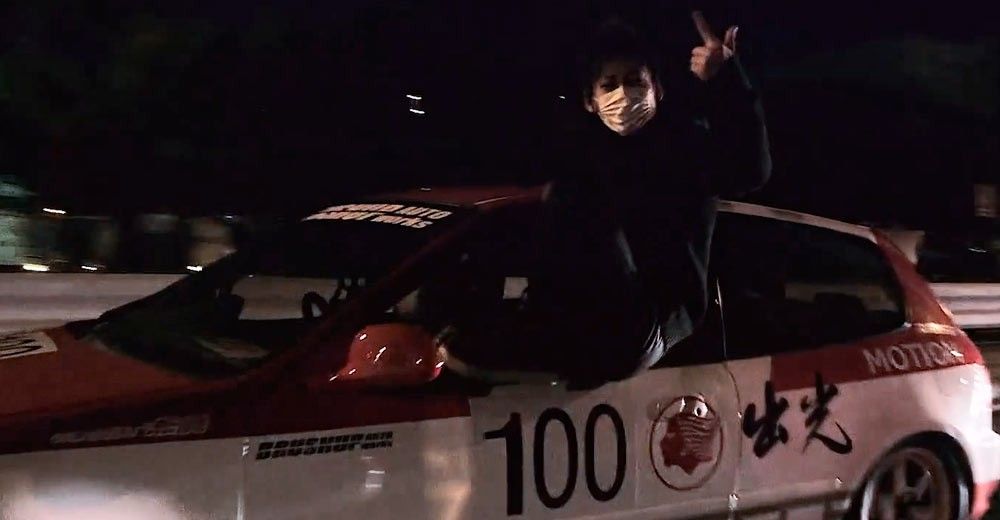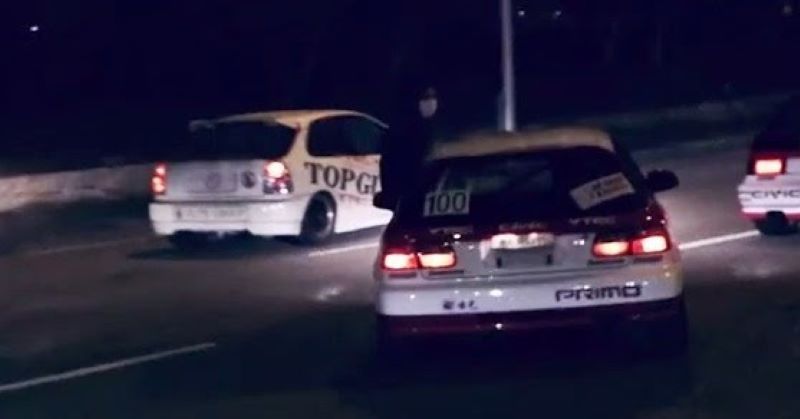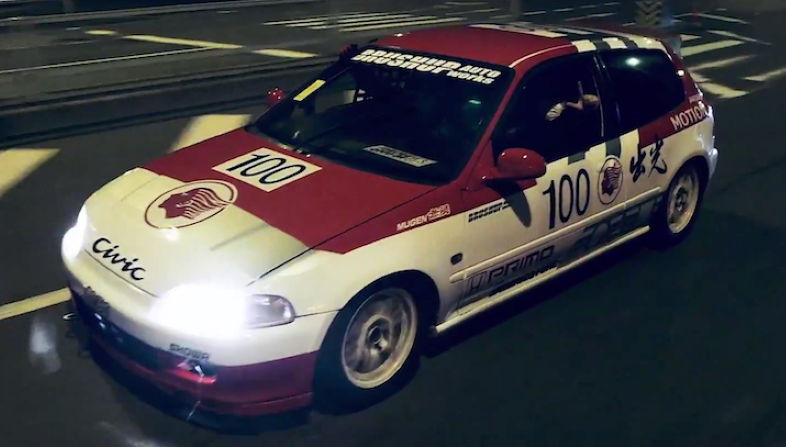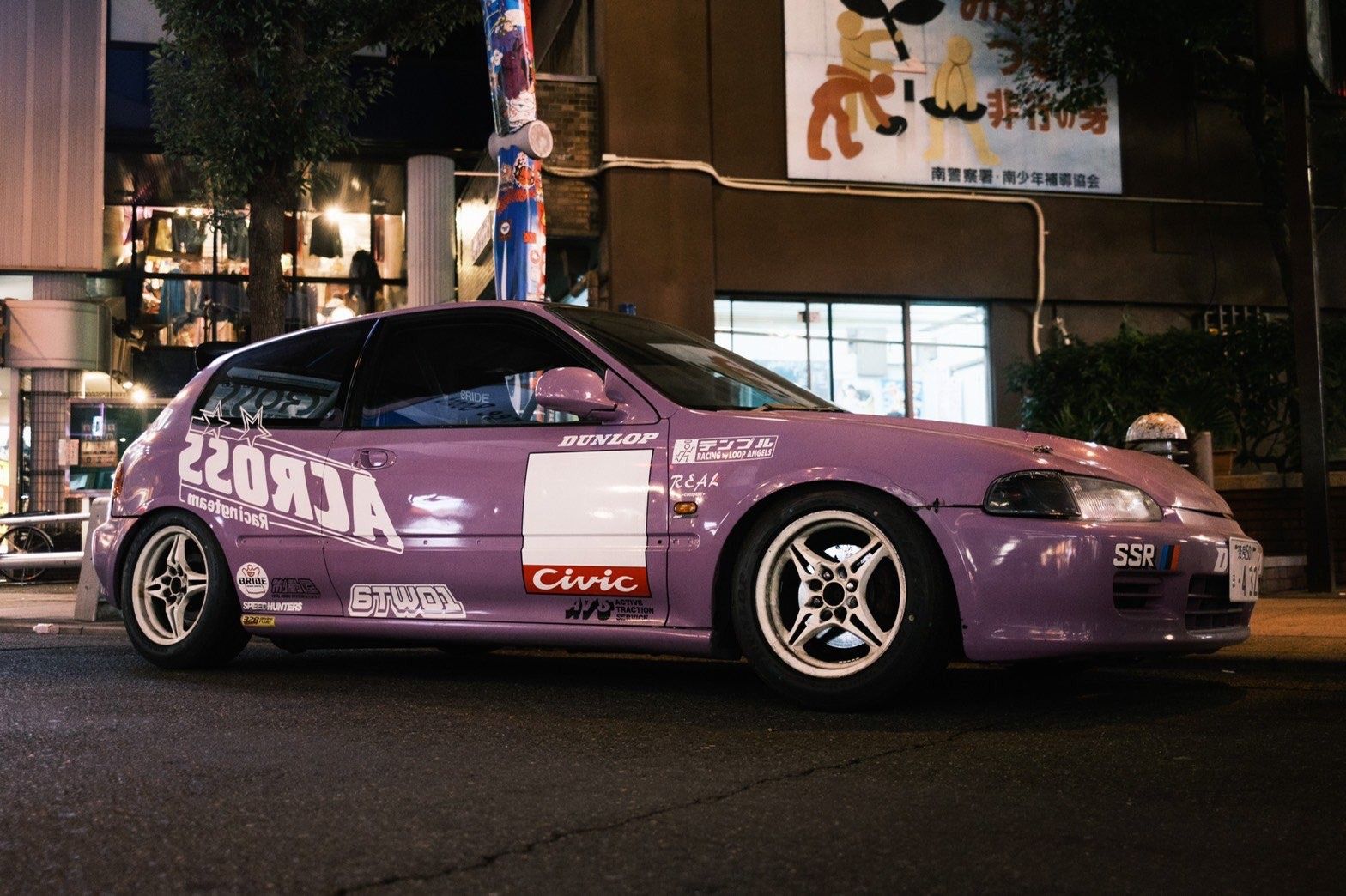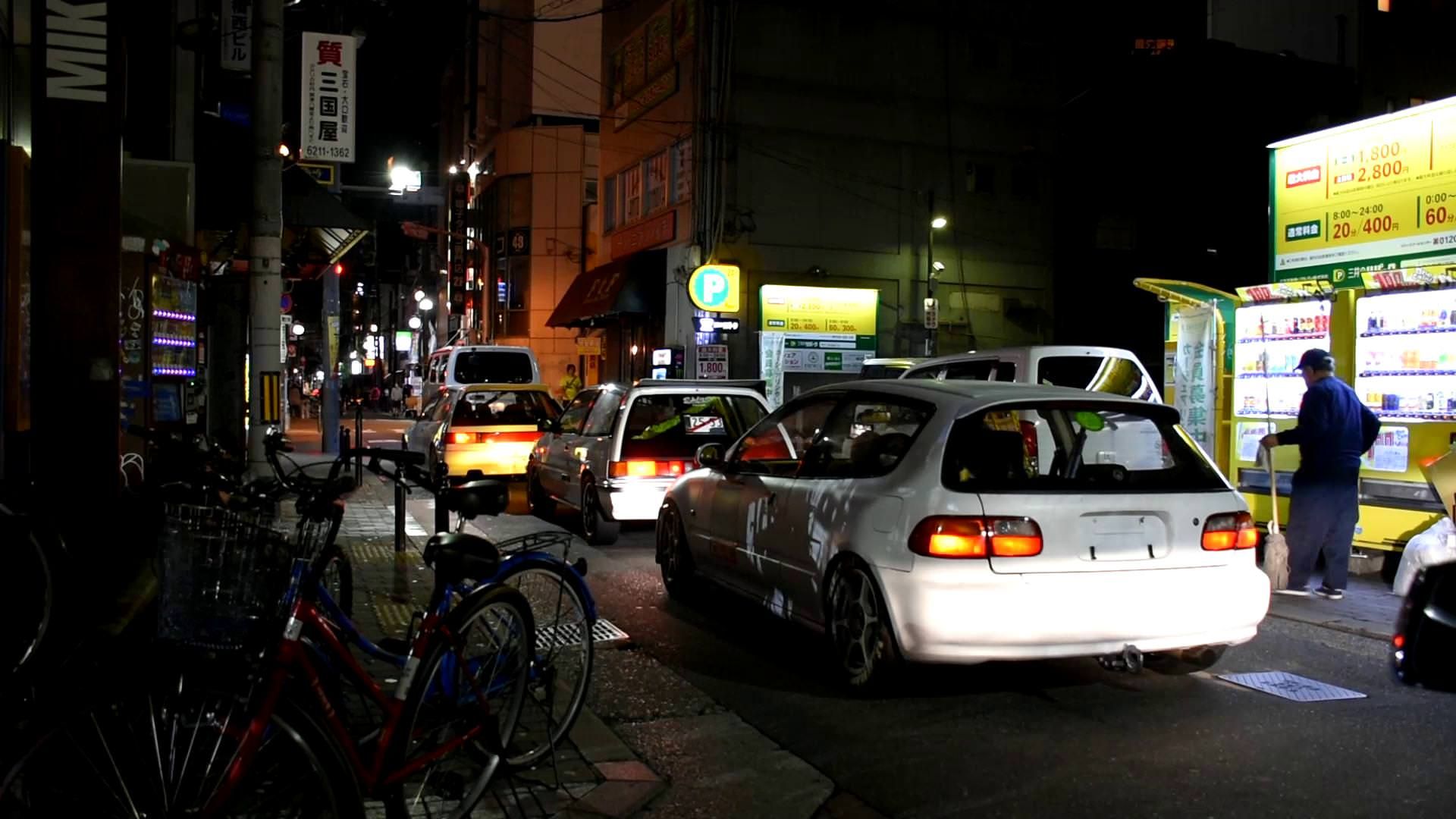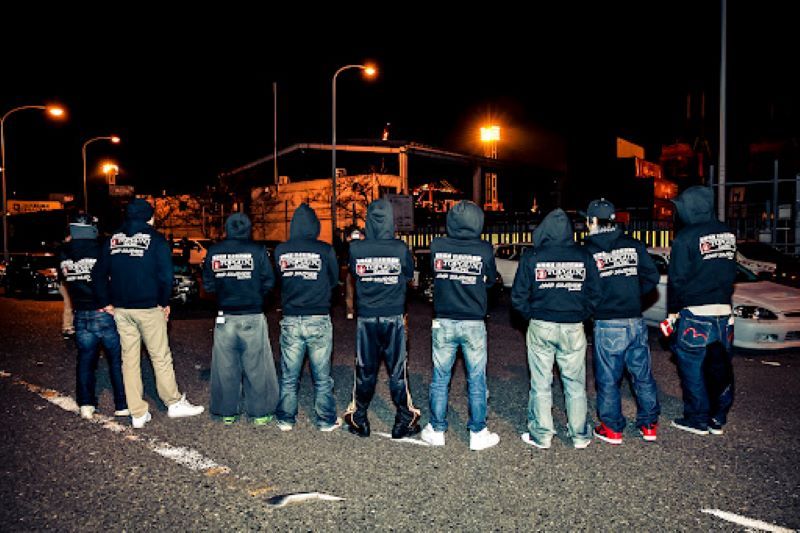Whether it be sharing drinks at an Izakaya — a Japanese bar — or hitting the nightclubs of somewhere like Shibuya, experiencing Japan's nightlife is something one does not easily forget. But in the shadows of the night, a group of gearheads may also be preparing to hit the streets and race their machines, just one part of the car scene in Japan. Street racers, or hashiriya in Japanese, have a long history. One only needs to look at the notorious Mid Night Club and their street races.
The Kanjozoku street racers are another street racing group that have gained notoriety for burning up a section of one of Osaka's expressways. Of course, street racing at night courts the attention of the authorities. So, these street racers try to protect their anonymity. Let's take a closer look at the Kanjozoku street racers.
10 Japan, The Mid Night Club And Street Racing
Street racing in Japan lit up the night streets during the eighties and nineties. Police crackdowns meant that such racing is not as prevalent now. The high-speed or kôsoku battles were fought in places like Tokyo's popular Shuto Expressway.
These same battles are inspiration for video games like the Japanese game Wangan Midnight, a manga-inspired racing game. Wangan being one place where racing took place. The Mid Night Club were one street racing group who raced on the Wangan. The Mid Night Club became the most infamous street racing gang, known for their cars, like the Blackbird, a modified Porsche 911 Turbo, owned by one of the group's members.
9 Kanjozoku - What Is It?
In Japanese, Kanjozoku means "Kanjo Tribe." The Kanjo was the place where street racing happened, part of Osaka's Hanshin Expressway that loops around, making it an ideal racing circuit.
Because such activities are on the police radar, these street races on the Kanjo are cloaked in secrecy and legend. But of course, what happens on the streets under the cover of night is not always common knowledge.
8 Where It All Began
Go back to the eighties, when the Kanjo craze was a hit. The Honda Civic becoming the drive of choice for many. Even popular culture has taken hold of the legend of these street racers, such as Naniwa Tomare, a manga (Japanese comic).
Back in the eighties, they would have also been inspired not only by the Honda Civics of Group-A racing, but by Japanese professional drivers like Osamu Nakako and Hideki Odaka. But their racetrack wasn't like the Suzuka Race Course. In the late-eighties, Suzuka became part of the Formula One calendar.
7 The Kanjo Loop
The Kanjo loop is 4.77 miles long. It runs on an elevated part of the expressway, right in the heart of Osaka, where during the day, it is a regular route for drivers, commuting to work or home and going about their everyday activities; but at night, it turns into a racecourse that attracts the attention of the police.
The Kanjo Loop has been a popular place for street racers in the past, reportedly used as a circuit in the seventies. Compared to the Wangan, which is straighter with more room on the road than the Kanjo, the narrower corners of this loop means that these drivers need cars with greater handling.
6 Cars Of The Night
The obsession with the Honda Civic among these street racers is no surprise, being one of the most popular cars for street racing. With its racing pedigree, it's no secret that this car can move.
Their cars will have race-ready tires, but the exteriors are not necessarily pristine. This is not a contest for the best-looking Civic, but a street war between racers. Window nets are useful, not so much for safety, but for not being recognized.
5 On The Streets - In Film And Popular Culture
The 'Drift King', a.k.a. Keiichi Tsuchiya, has not only been a great influence on Japanese drifting, but also a legend in racing. Keiichi appeared in a series of movies, called the 'Shuto Kousoku Trial', about illegal street racing, warning street racers to leave it, if they wanted to race professionally. The films are reportedly banned in Japanese cinemas.
The Kanjo loop is one of the settings. In the first part of the movie, the street racers go head-to-head on the Kanjo loop, while the dangers of street racing are also raised in the storyline. Movies such as these highlight how street racing has taken on its own appeal, featuring in film and popular culture, and how places like the Kanjo loop have taken on their own landmark status.
4 Policing In Japan
Police crackdowns on illegal street racing has certainly restricted these nighttime street racers. The police have them on their radar, especially back in the day when it was a real problem for the authorities.
But these street racers may have been deterred, but their love of street racing certainly never waned. They just became more clandestine with their activities.
3 Secrecy Is A Must
Because of the type of street racing they engage in and the police crackdowns in the past, the Kanjozoku street racers try to retain their anonymity, whether that be by wearing hockey masks or something to conceal their identity.
In Japanese, hakonori is when someone in the car leans out of the window. Something that these street racers are known for doing. But of course, their faces are covered as they taunt other drivers.
2 Kanjozoku Culture
It is not hard to see how a kanjo culture of racing has been created. Not only are these street racers connected by the kanjo loop where they race and by street racing itself, but also by their cars, the danger of getting caught and their forged friendships under the cover of anonymity.
Maybe that whole idea of the Kanjo 'tribe', the 'kanjozoku', has something to do with such a culture and with such an identity. Manga like Naniwa Tomoare certainly helps to build a legend around these street racers.
1 Keeping Kanjozoku Alive
The inter-gang rivalry does not seem to be as significant as it was back in the day. Maybe because the numbers of active street racers have diminished compared to the past. Nonetheless, the spirit of the Kanjo lives on. But it must be said that the dangers of illegal street racing still also exist.
Of course, what happens in the night is often unseen. So we rely on stories about the Kanjozoku street racers to paint our picture. Those stories may be from movies or manga, or maybe from people who have experienced Kanjo street racing firsthand. Nonetheless, there still remains a shroud of elusiveness and unknowns about these street racers.
Sources: Garrett, Mike. Tales From The Kanjo. Retreived from thekanjozoku.com.

